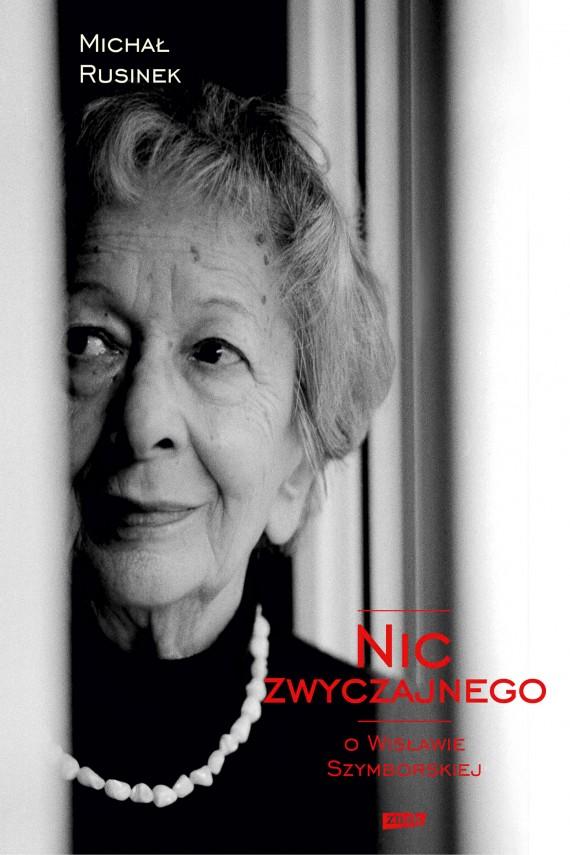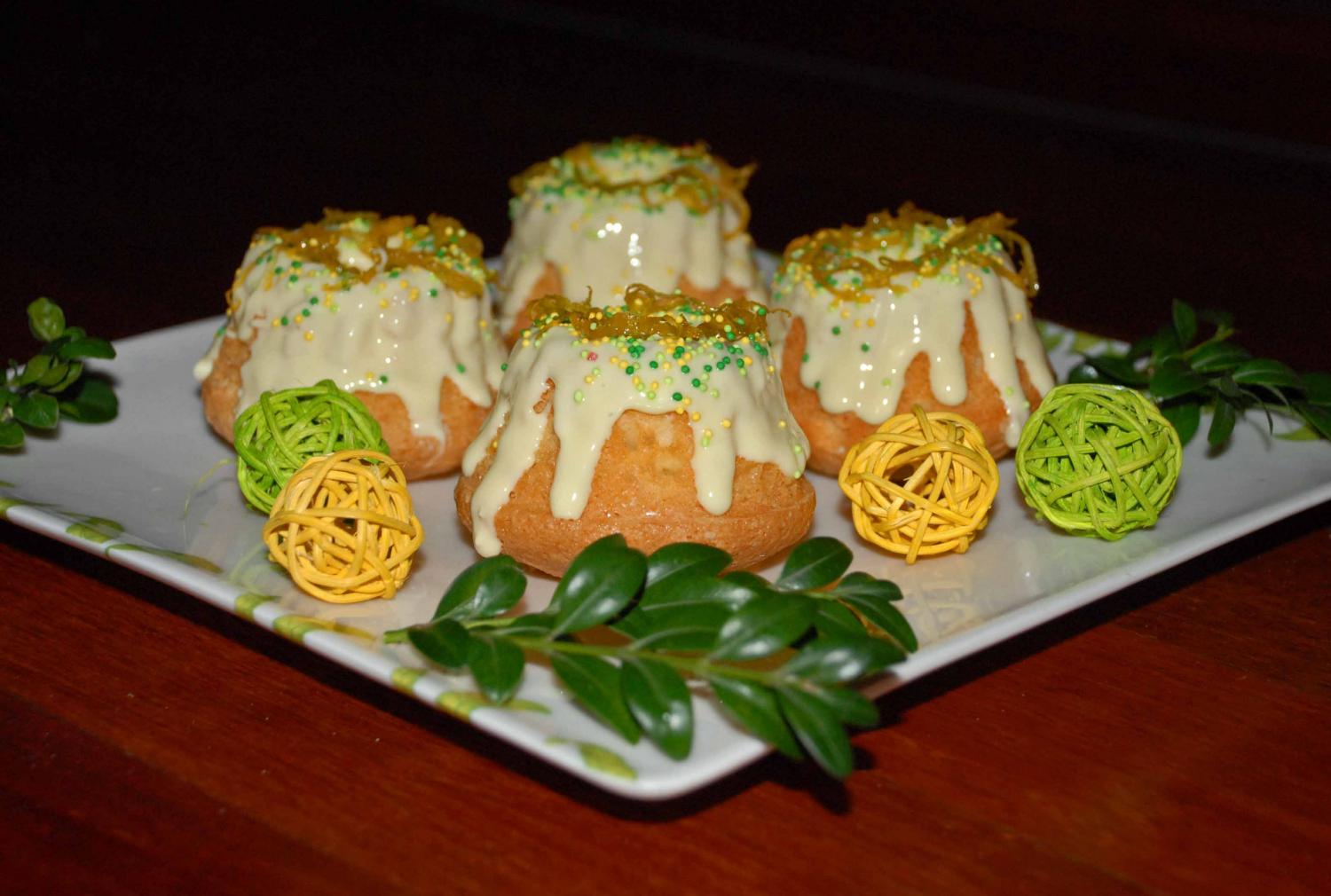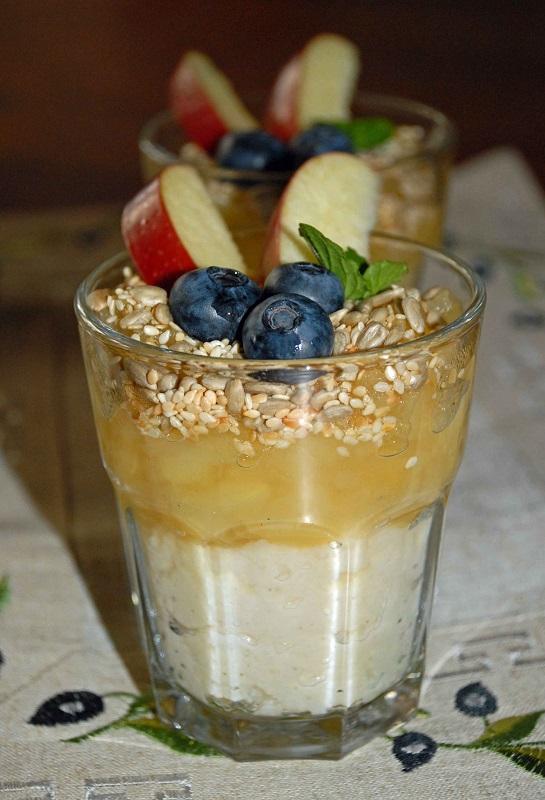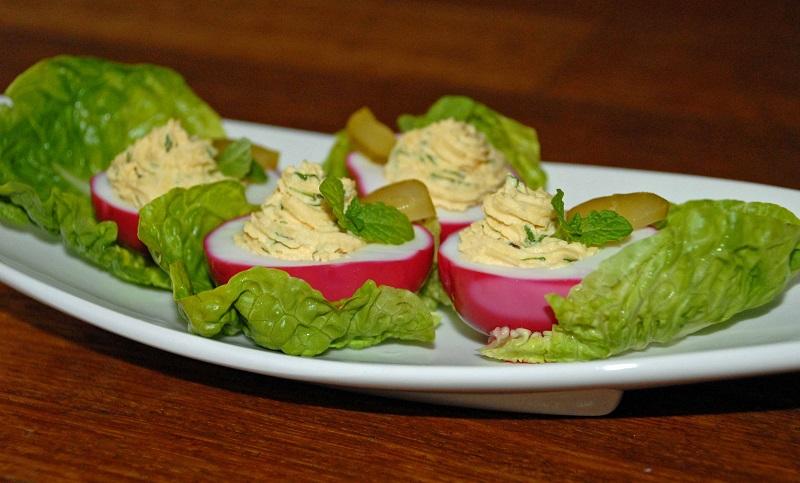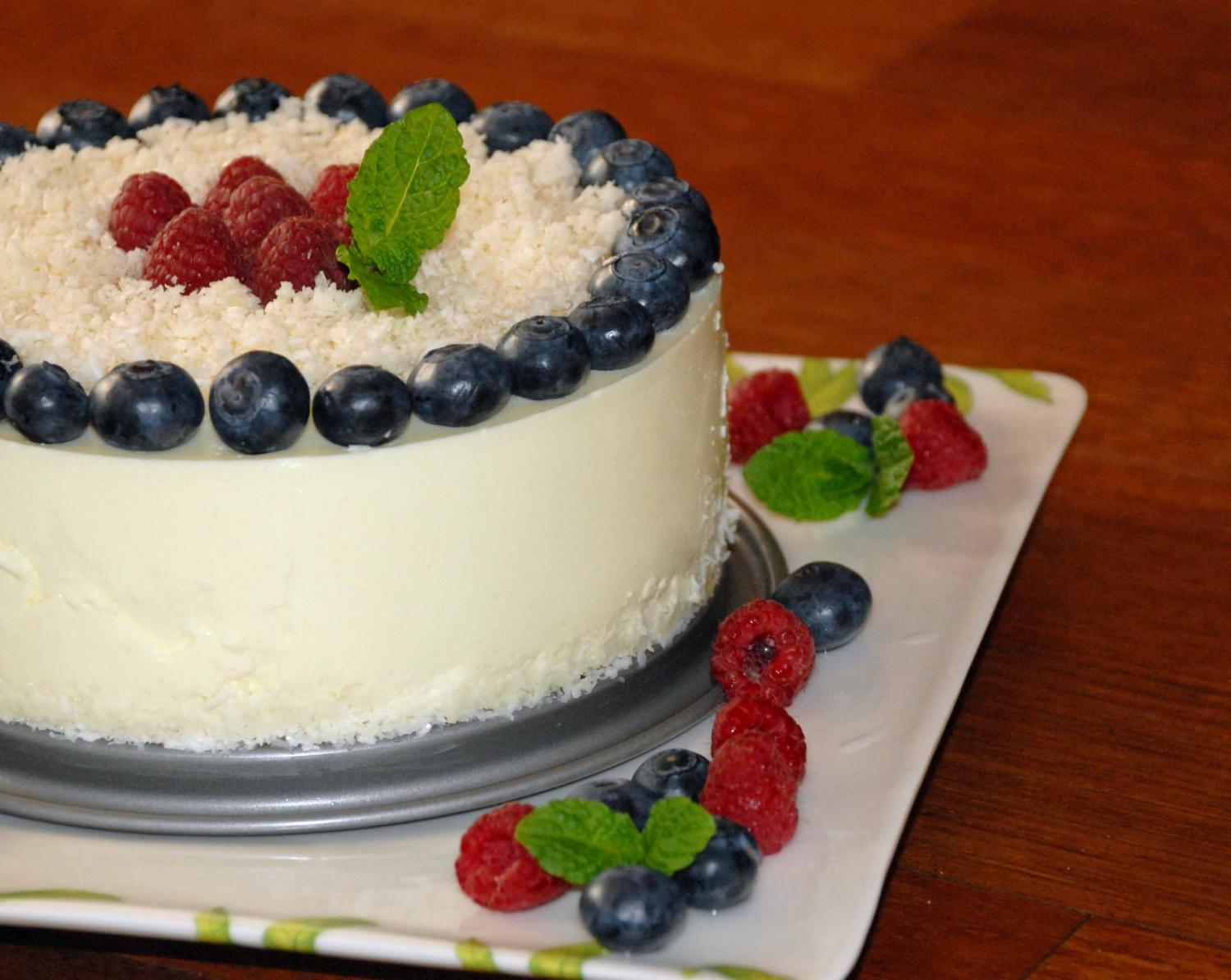I don't really like biographical books. It isn't my favourite type of literature, so when my friend persuaded me to read the book "Nothing usual" I was sceptical. However, after only a few pages I knew how much I had erred this time in my judgment. It isn't a typical biography. It contains fantastic memories and anecdotes from the life of a woman who was both ordinary and unusual, who maintained her self distance and distance from the world, and who smiles at the reader from every line of the book.
The author of the memories is Michał Rusinek, a master of Polish philology, employed by the Nobel laureate "for a while" to sort out the mess in her life after she was awarded the Nobel Prize. She received piles of letters, which made it impossible to open the door, and invitations which could not be refused. Szymborska thought that it was temporary chaos. A daring way to solve the problem of the constantly ringing telephone led to Michał Rusinek – who was employed only for a couple months – staying for 15 years.
"Nothing usual" is a very subjective portrait of the poetess. The author allows us to get to know the private side of the Nobel laureate: cheerful, sometimes frivolous, with a sense of humour that enabled her to survive the Nobel confusion. She acutely observed reality and she appreciated meeting ordinary people more than living in the world of famous people. She had her own weaknesses: she used to like Kentucky Fried Chicken and cigarettes, which she did not abandon until the last day of her life. Anecdotes were a way for her to deal with many things; she used to write ad-hoc limericks; to maintain contact with materiality she used to wash her dishes on her own after meeting friends; and she used to bestow her closest relatives and friends with cut-outs and collages.




